START-isms
What are “-isms”? They are “concise and forcefully expressive phrases” (Oxford Languages). So, what are START-isms? They are pithy phrases that represent the values that guide our work. As you explore the START-isms on our website, you will see classics that you have heard many times while others are new or refreshed. Some of these represent shifts in our thinking and understanding while others just needed to get written down. You will find that the START-isms are interdependent and build the structure for how we work together to make the lives of students with autism better.
Print, download, share, and display the START-isms:
- START-isms Posters (8.5 x 11 .pdf)
- START-isms Posters, print-friendly (8.5 x 11 .pdf)
- START-isms Posters, with descriptions (8.5 x 11 .pdf)
- START-isms Posters, all in one (8.5 x 11 .pdf)
- START-isms Posters, all in one/print-friendly (8.5 x 11 .pdf)
- START-isms Virtual Backgrounds
- START-isms Images and Slides
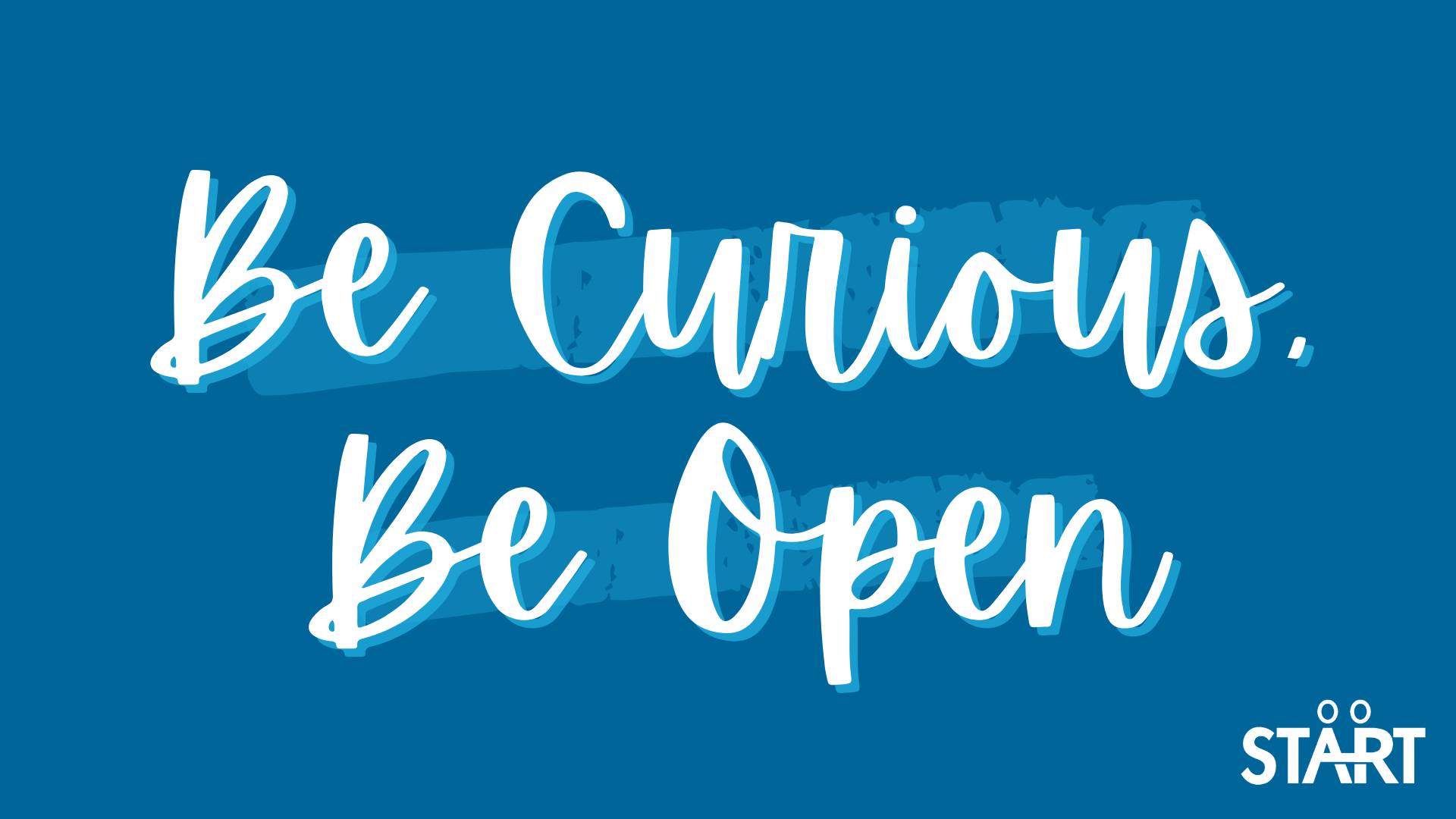
Be Curious, Be Open
Fostering Growth Through Listening, Learning, and Connections
Being curious encourages us to ask questions and consider perspectives that may be different from our own. Being open encourages us to listen, be flexible, and challenge our thinking, even when we may not agree. When we embrace curiosity and openness, it frees us to understand the actions of others and respond with greater awareness and sensitivity. When our approach is closed and we make assumptions, we are more likely to make snap judgments and react in a way that limits our opportunity to learn and work together. Be Curious, Be Open is a call to action for all of us to create a community that is respectful of differences and makes space for learning about each other.
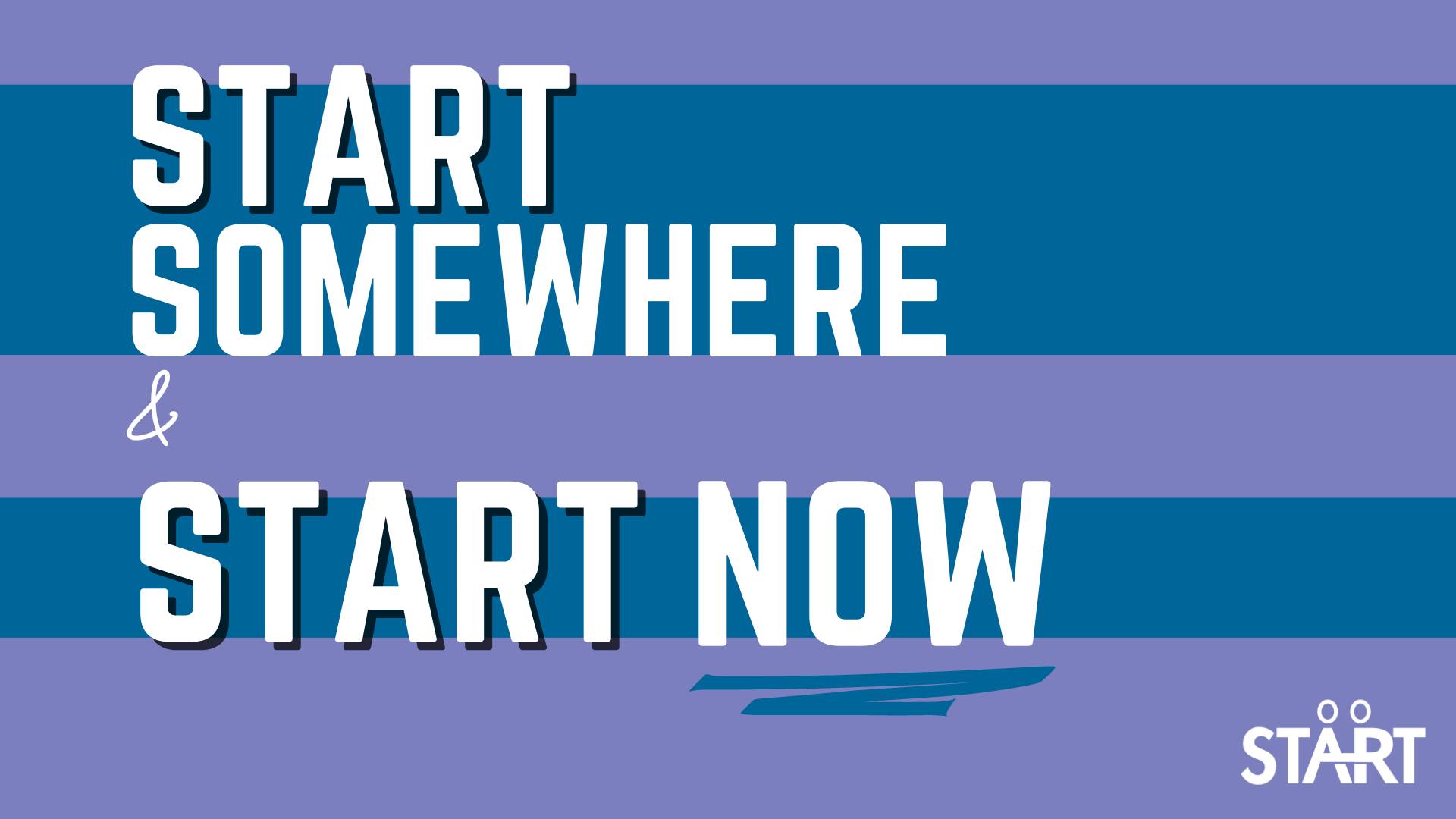
START somewhere and START now
Take a first step toward action today. There is no such thing as a perfect moment to start something new and you will not have more time tomorrow. The time to start something new or different is now. Even a small step is movement forward and that momentum can spur a chain reaction. Adjustments will follow as we observe how our actions are working, or not working. Impactful discoveries, movements, and changes all happen following action - not when we stand still.
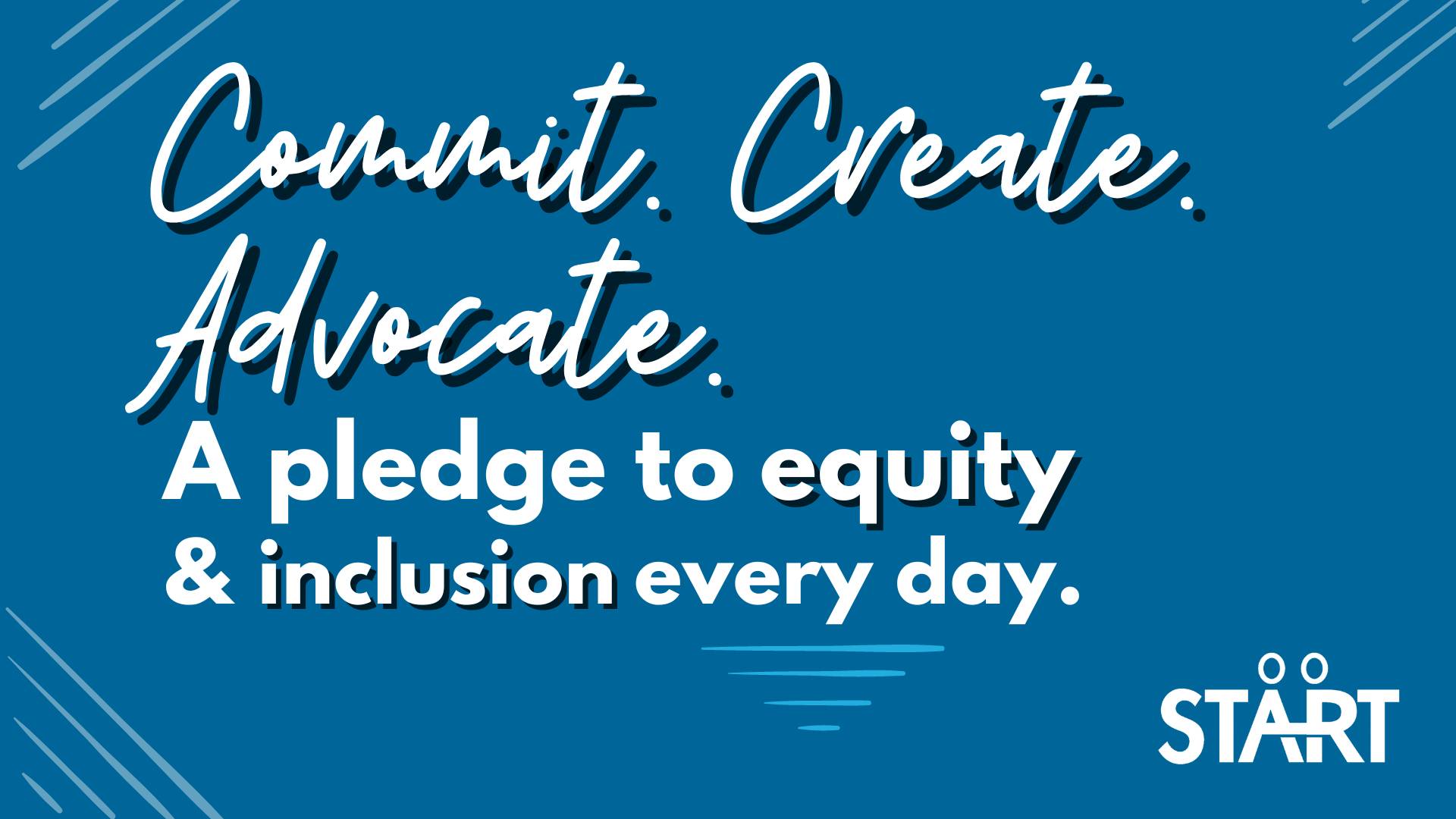
Commit. Create. Advocate. A pledge to equity and inclusion every day.
We can raise awareness and encourage acceptance in April but more importantly, we must evaluate how we are advocating for inclusiveness throughout the year. Acceptance means individuals with disabilities, including autism, are welcomed and valued. True acceptance is embodied by developing authentic relationships, guarding dignity, and prioritizing respect. Acceptance means belonging and participating in all aspects of school and community life. It is active and collaborative. When we commit to listening to all people and perspectives, we create spaces where true diversity and equity exist 365 days a year.
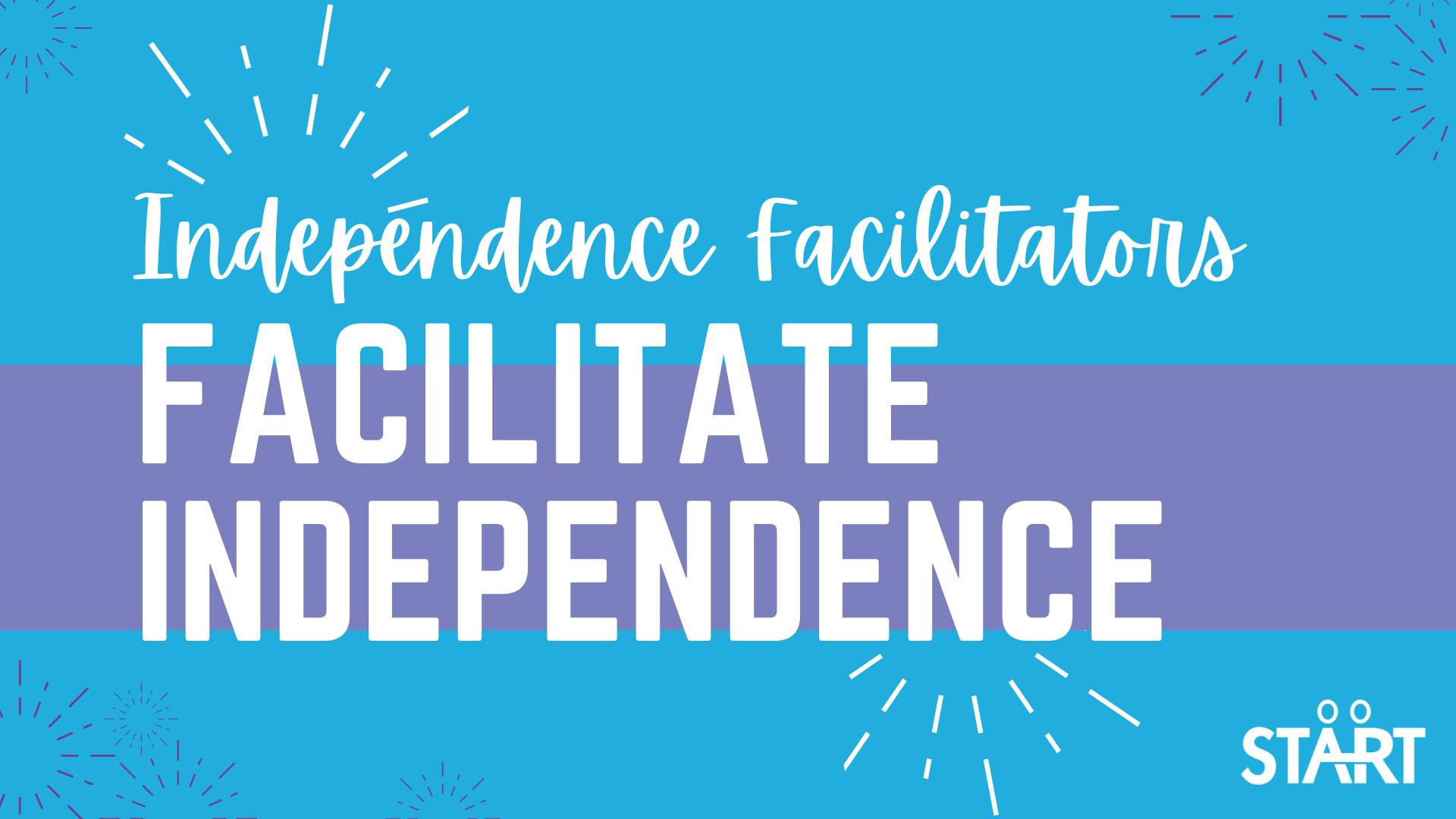
Independence Facilitators Facilitate Independence
The role of adults is to empower students to be as independent as possible in their learning, social interactions, and life activities. Adults play a key role in facilitating independence by intentionally supporting when needed, teaching students to use tools that foster independence, and allowing students to engage in age-relevant opportunities on their own or with peers. Adults keep in mind that independence may look different across the school day, in different settings, and with various people.
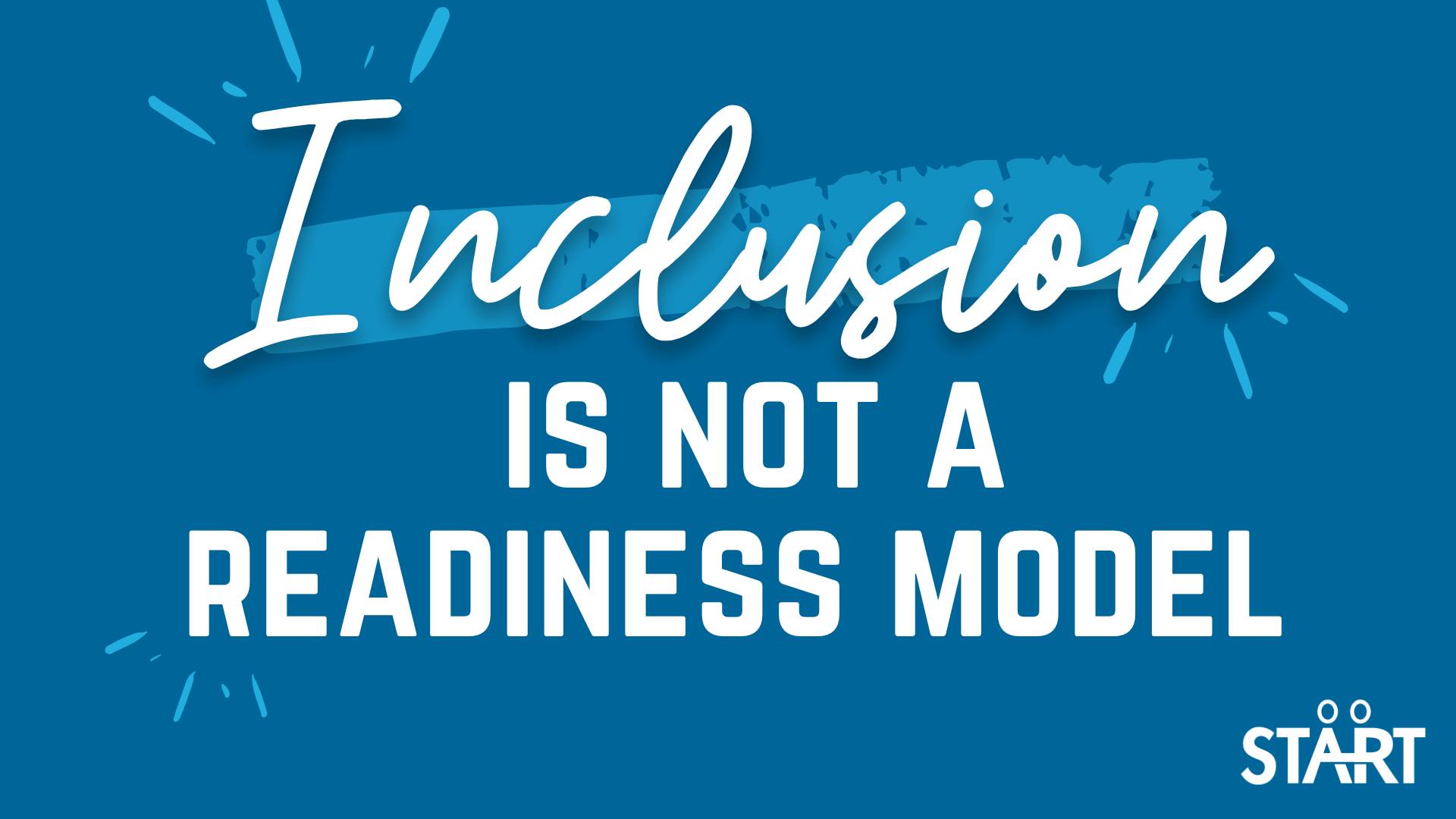
Inclusion is not a readiness model
IDEA is clear that all students, first and foremost, are general education students. Inclusion is not optional. Students do not have to earn their way into opportunities, whether in a general education classroom, social activities, or an extracurricular activity. All students can participate and benefit from inclusion with individualized support. Our school communities are stronger when they are built on the foundation of belonging.
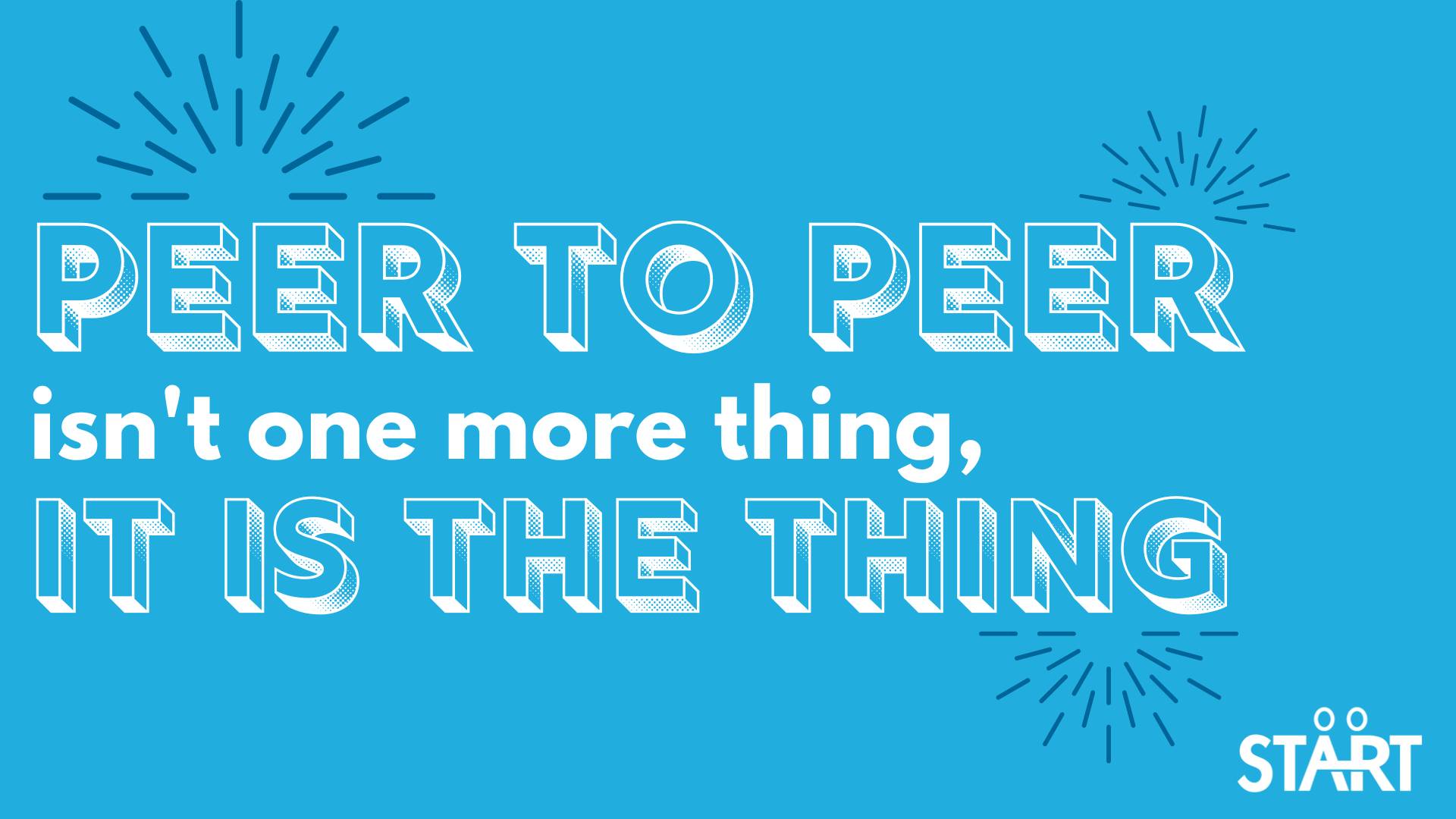
Peer to peer isn’t one more thing, it is the thing
If you could choose just one evidence-based practice that would have a far-reaching effect on the quality of life of all students, choose Peer to Peer. It is rooted in evidence-based practice and it is a way of being together that promotes belonging, friendship, unity, and a shared experience. No other “thing” is that powerful for students, teachers, schools, and communities.
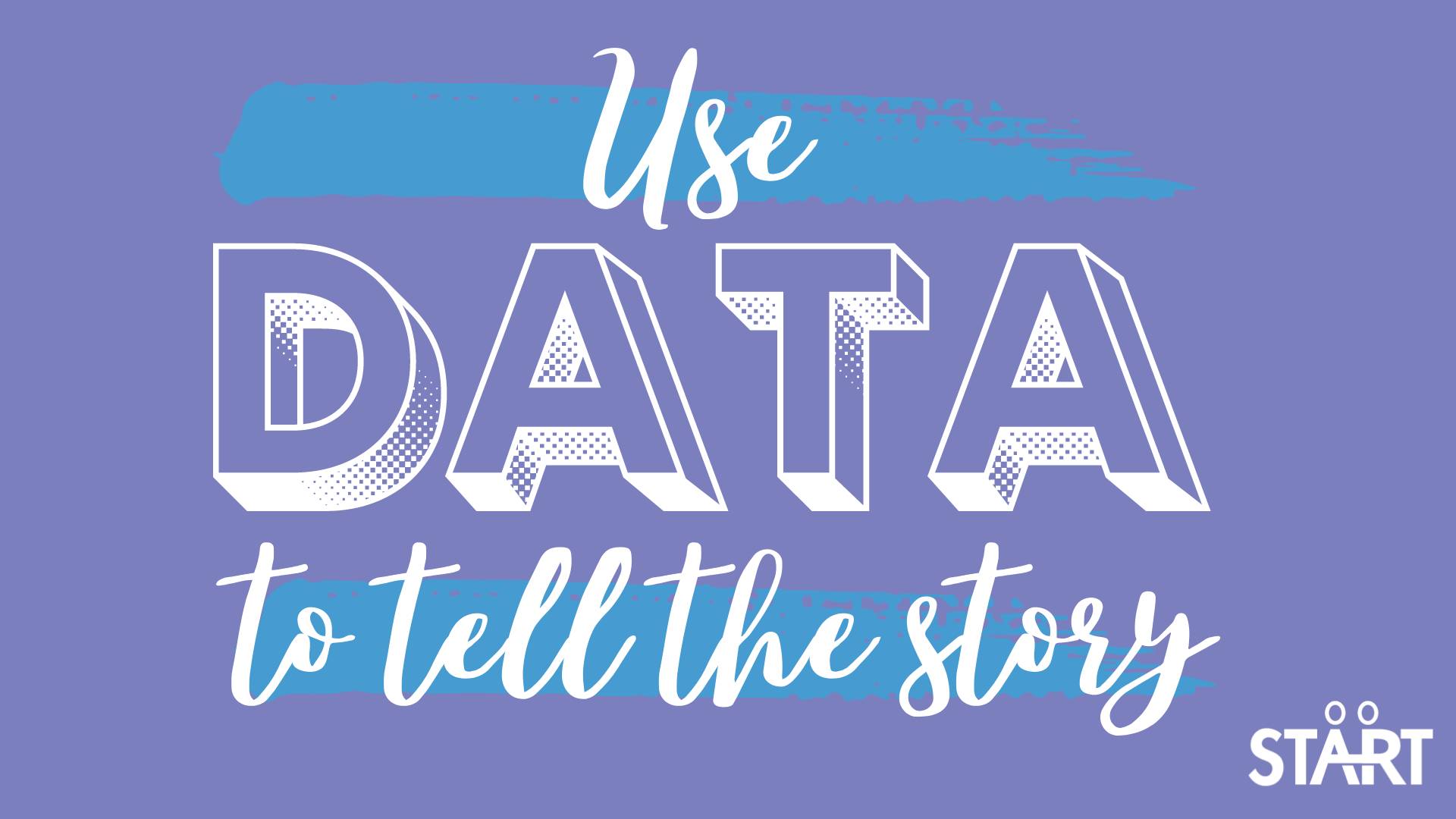
Use data to tell the story
Data is more than numbers and graphs, it is the story that tells us whether our teaching is working the way we intend for a student or a classroom. Without data, we are guessing and hoping that what we do is leading to progress. Collecting data is a first step. Summarizing and visualizing the data reveals the story that guides us to make the best decisions.
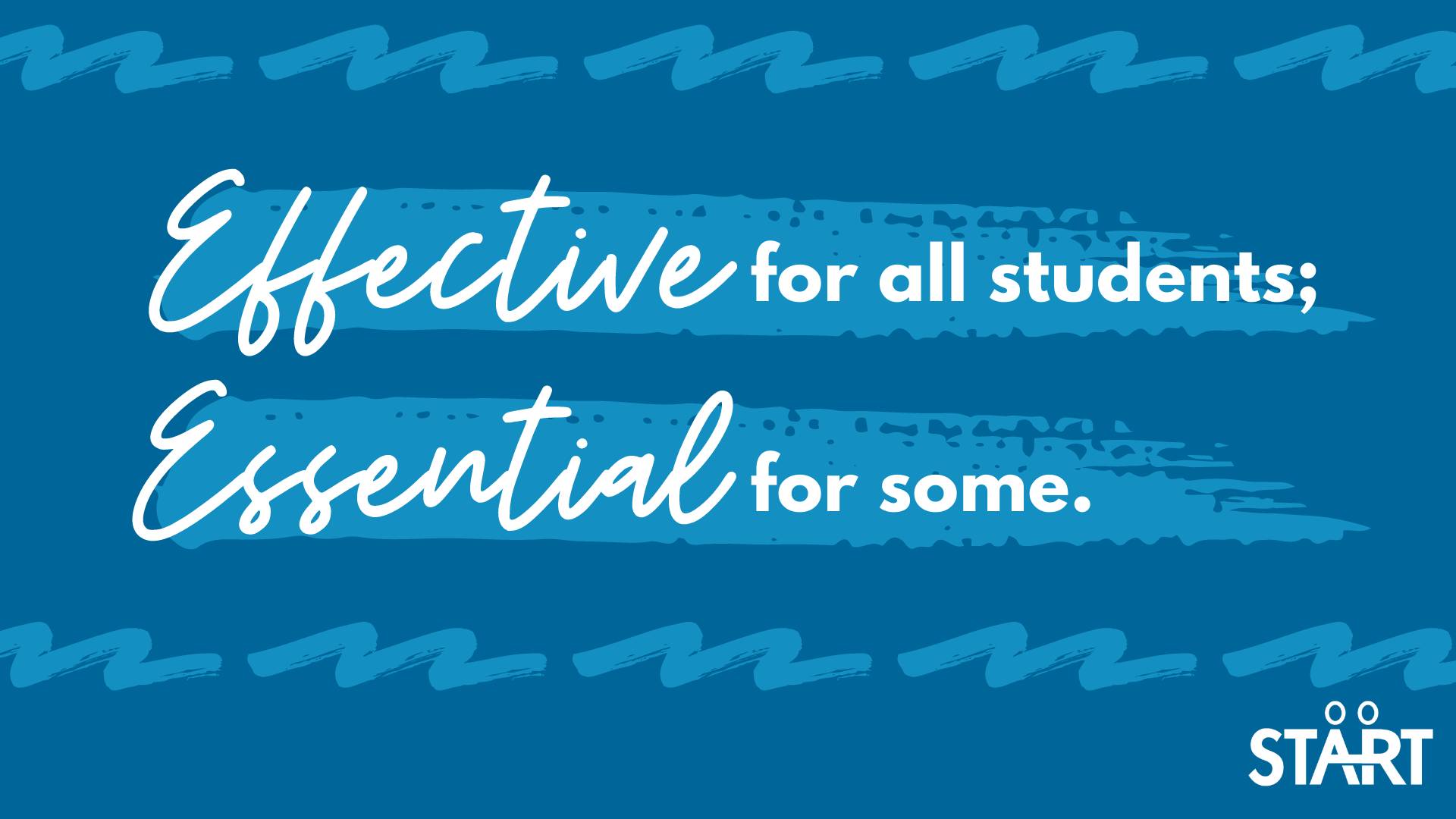
Effective for all students; essential for some
Highly-effective universal strategies for academics, social engagement, and behavior support are essential for students who experience the world in a different way. Students with autism may require visual supports, self-management systems, differentiated instruction, and transition cues to be successful in school settings. The benefit of these strategies is that they create an environment that enhances learning and social interaction for all.
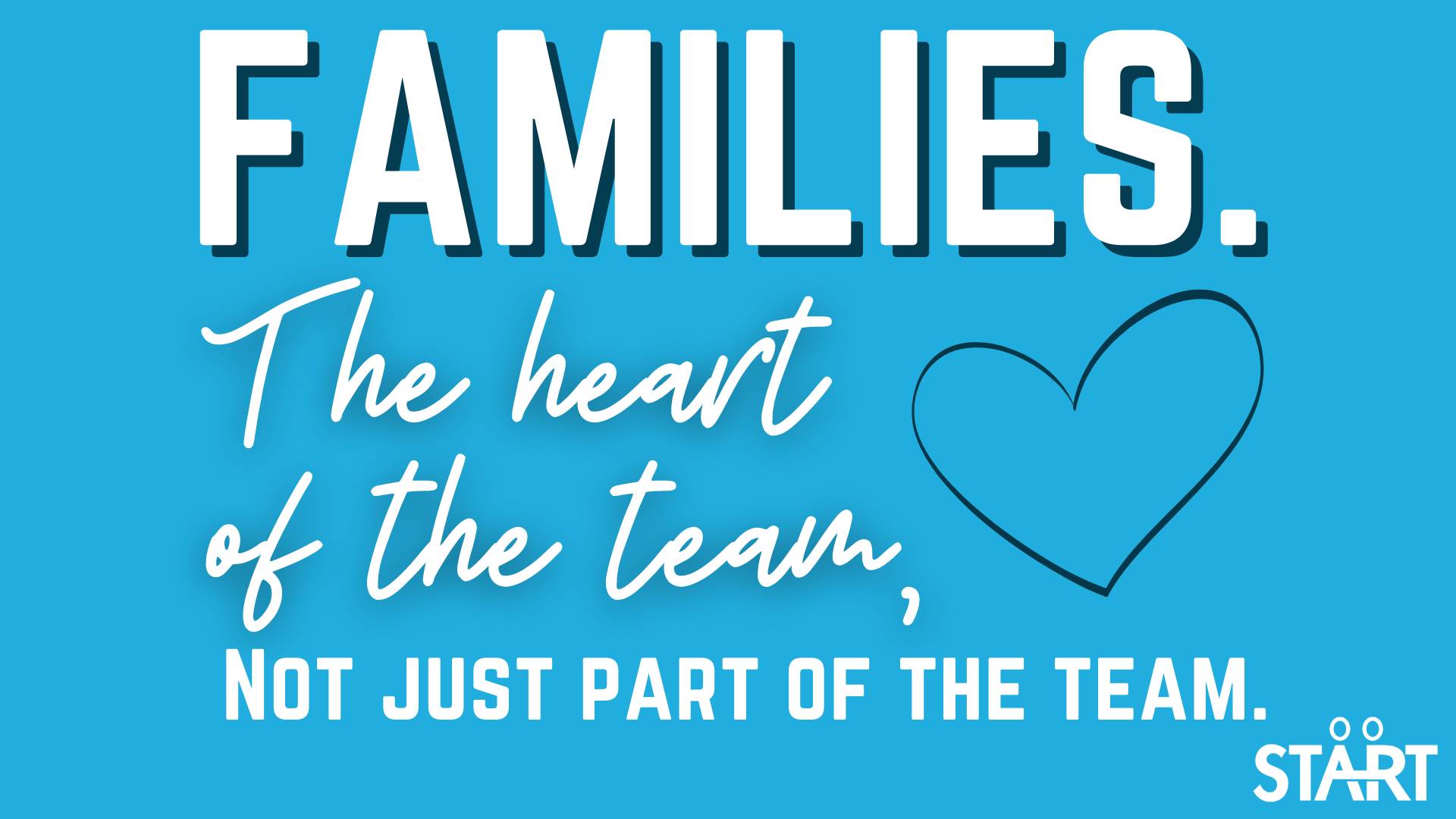
Families. The heart of the team, not just part of the team.
No one knows a student or loves a student the way a family does. Planning and decision-making needs to be guided by the team’s efforts to understand the life of the student both inside and outside of school. As the heart of the team, families and caregivers help set the vision for what the student needs now to build a life and future filled with many opportunities.
[1761919961].jpg)
Independence and social connection develop with opportunity
Independence and social relationships develop when students are given opportunities to learn and participate alongside peers in inclusive classrooms. Learning in integrated settings creates natural experiences and connections that support the goals shared by all students—to grow in independence and have meaningful social interactions.
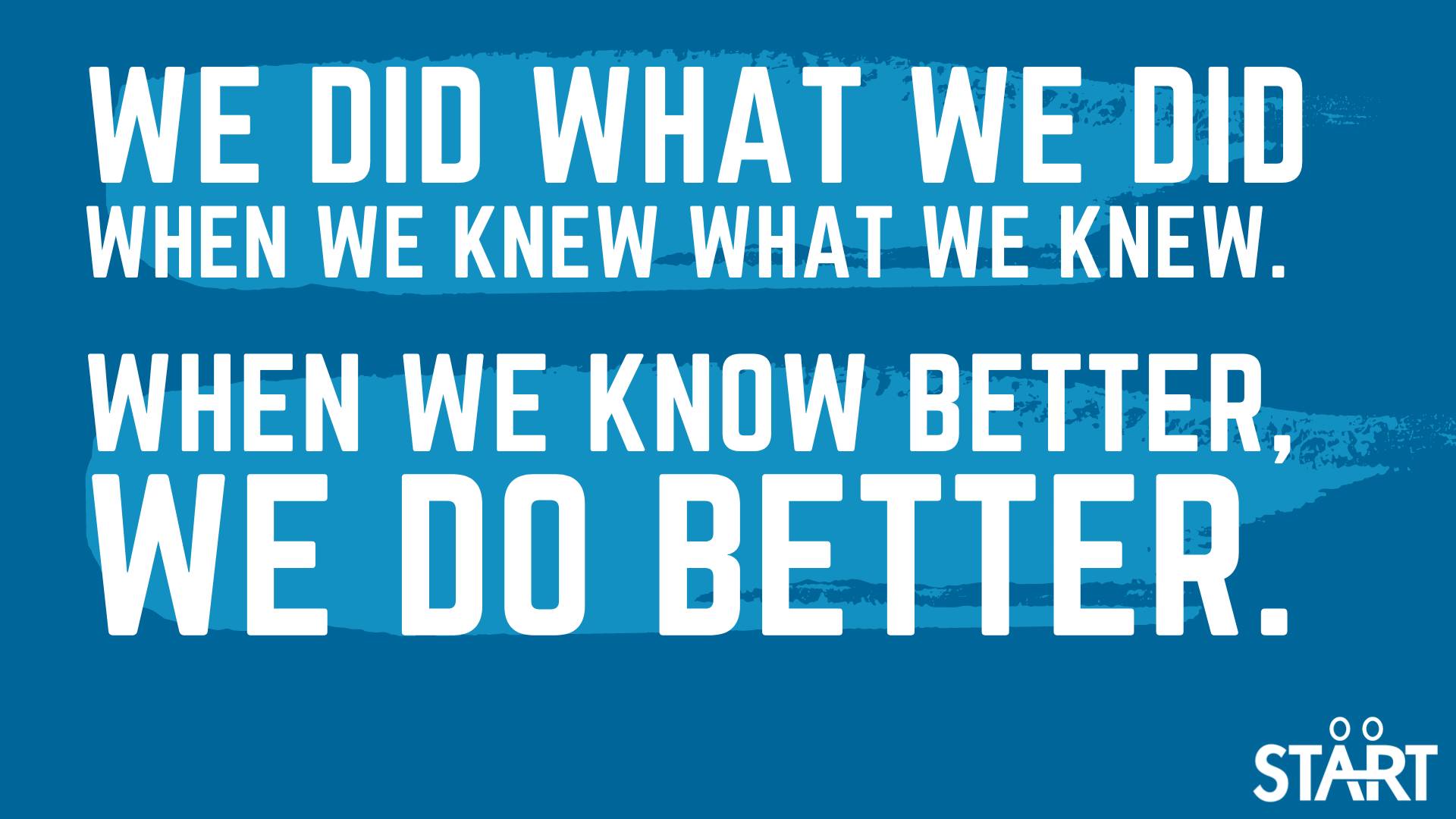
We did what we did when we knew what we knew. When we know better, we do better.
Our experiences and the ever-evolving research literature demonstrate how we are continually discovering new ways to work with students and families. We need to refrain from blaming ourselves or others for what we did in the past with good intentions. Once we have new information, we have an opportunity to adjust what we do to reflect the most effective practices of today.
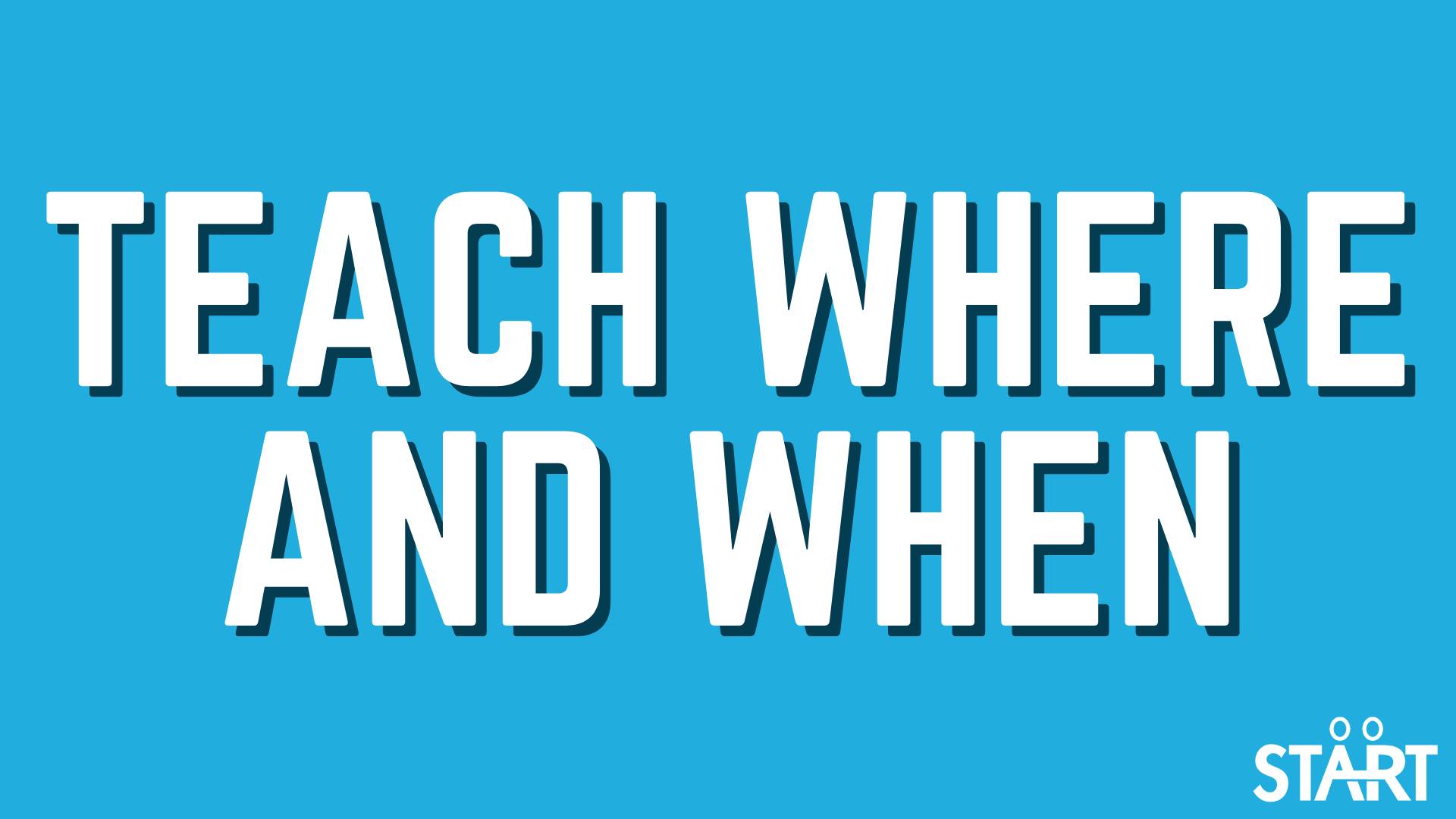
Teach where and when
Focused interests and fascinations are powerful influences for some students. At times, they may interfere with a student’s learning, social interactions, or daily tasks. Rather than imposing restrictions, it is an opportunity to teach the student where and when it is appropriate to access the interests or engage in a preferred behavior. By giving that interest or behavior a “home,” it alleviates anxiety, increases understanding, and honors the student’s preferences.
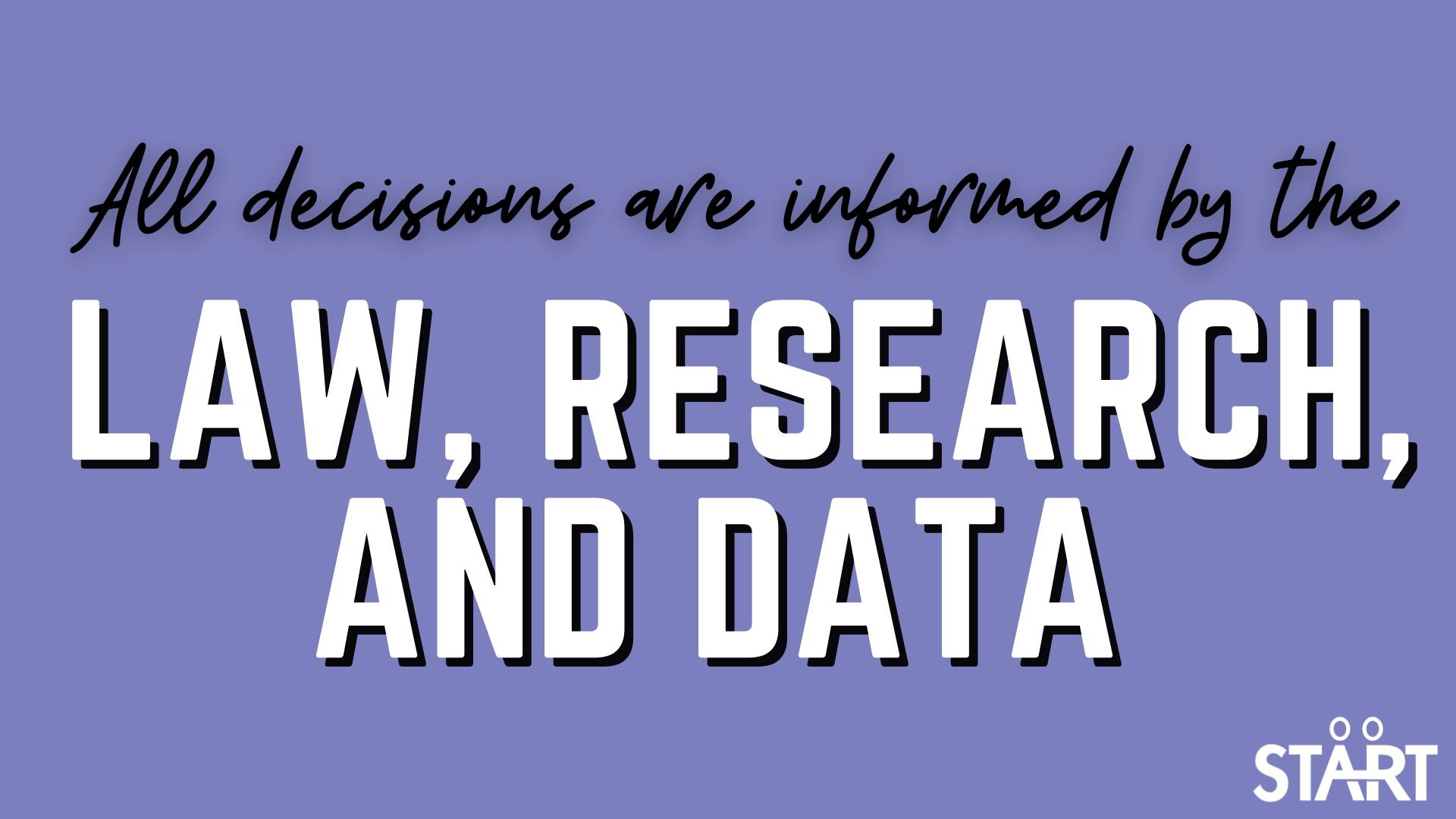
All decisions are informed by the law, research, and data
When developing goals and designing educational plans, move away from opinion debates, feelings, and anecdotes to an objective, data-based approach. Three key considerations are necessary when making decisions about students with IEPs: 1) the requirements set forth by the Individuals with Disabilities Education Act (IDEA), 2) the research literature on evidence-based practices, and 3) student outcome and system data.
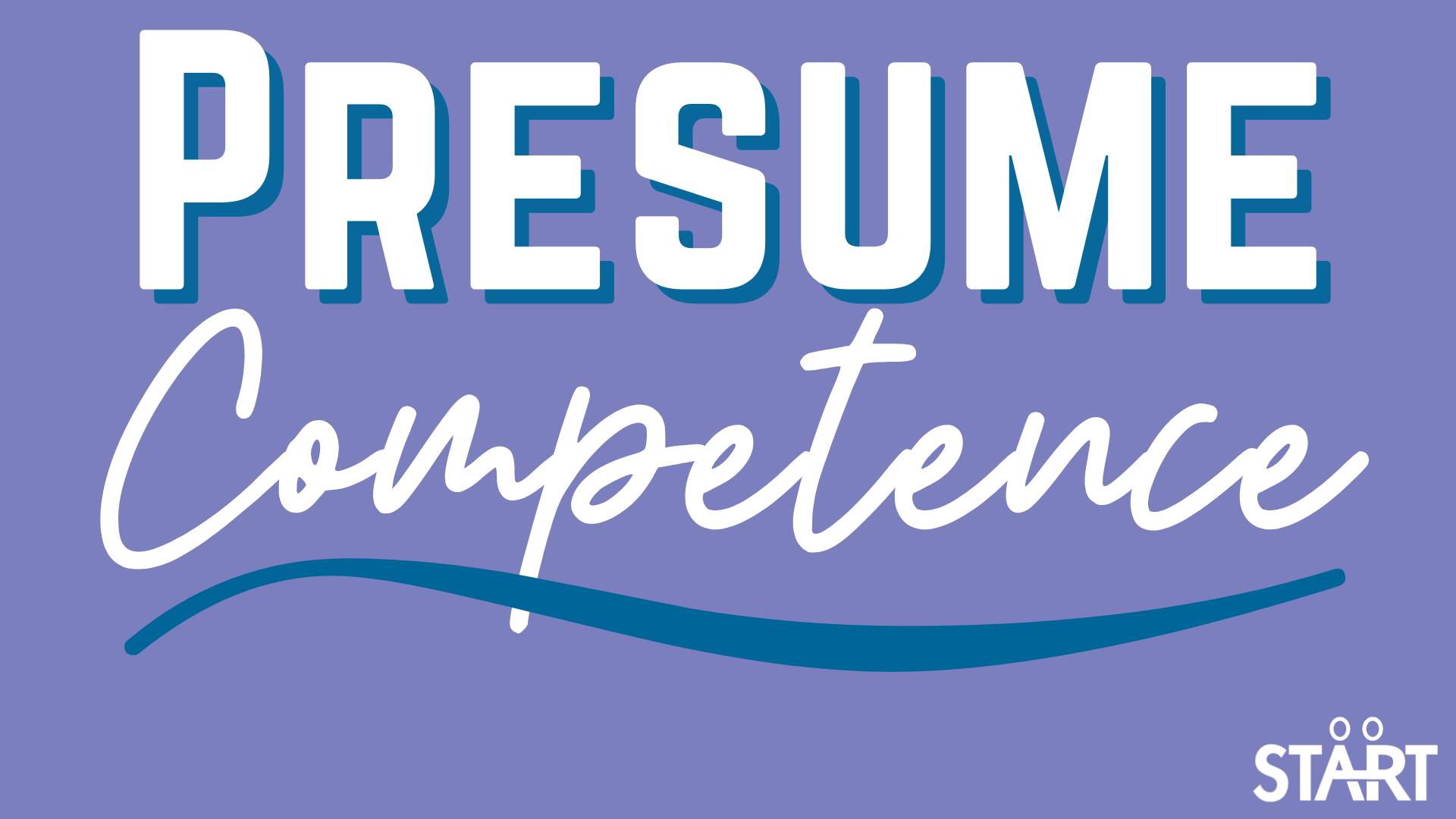
Presume competence
Presume competence is based on the idea that it's better to assume a student can learn and progress than to assume they cannot. When we believe a student is capable, it influences our expectations, ways of interacting, and the opportunities provided. Shifting from a can’t do to a can do mindset encourages us to explore new ways of teaching and provide the student with various ways to demonstrate what they know or can do.

Write it down, write it down, write it down
Make it visual! Some students have language processing differences so it is important to present information visually. When verbal instruction alone is not leading to student success, make the words visual. Write them down, draw a picture, or find a video model. Seeing promotes understanding.
